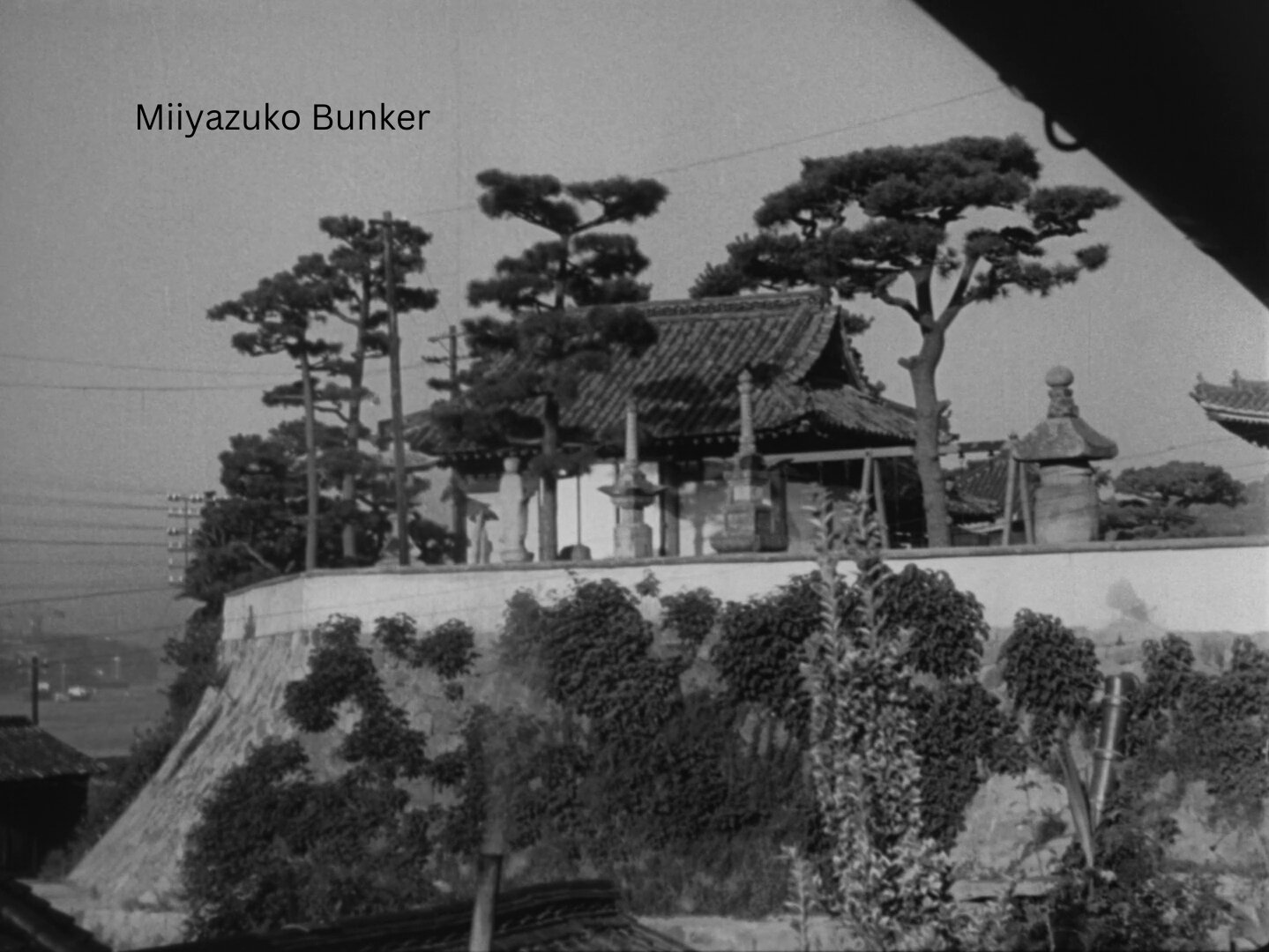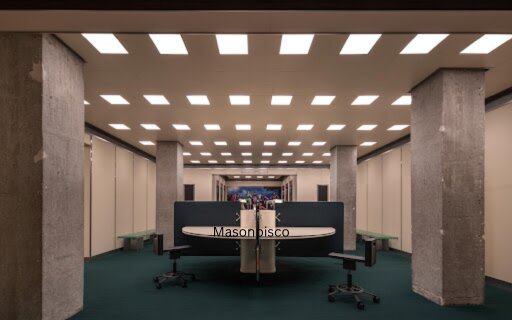Introduction to Miiyazuko Bunker
Hidden beneath the earth’s surface, shrouded in mystery and history, lies the Miiyazuko Bunker. This forgotten relic of a tumultuous past invites explorers and history buffs alike to uncover its secrets. What stories do these walls hold? What purpose did this bunker serve during one of humanity’s most challenging eras? Join us as we embark on an intriguing journey into the depths of the Miiyazuko Bunker, where echoes of World War II linger and every corner reveals tales waiting to be discovered. Whether you’re a local or just passing through, this is one adventure you won’t want to miss.
History and Background of Miiyazuko Bunker
The Miiyazuko Bunker stands as a testament to Japan’s tumultuous past. Built during World War II, this underground structure was part of a larger defense strategy aimed at protecting vital military operations.
Construction began in the early 1940s, driven by the urgent need for secure facilities amid escalating tensions. Engineers designed it with resilience in mind, employing reinforced concrete and strategic layouts to withstand potential air raids.
Nestled within rugged terrain, its location offered both concealment and tactical advantage. The bunker became a hub of activity as soldiers prepared for impending conflicts.
As the war progressed, the significance of Miiyazuko grew. It served not just as a shelter but also as an operational command center where critical decisions were made under pressure.
The Purpose and Construction of the Bunker
The Miiyazuko Bunker was built with a clear intent: to provide protection during turbulent times. Designed as a strategic military facility, its purpose extended beyond mere shelter. It served as an operational hub for coordinating defenses.
Constructed using reinforced concrete, the bunker’s architecture reflects the era’s urgent need for security. The thick walls and fortified entrance were crafted to withstand bombings and artillery fire, ensuring safety for those inside.
Inside, specialized rooms catered to various functions—from command centers to supply storage areas. Each section of the bunker played a vital role in maintaining readiness against potential threats.
Intricate ventilation systems were also integrated into the design. These features ensured that air quality remained stable during long stays underground while protecting occupants from harmful gases or smoke.
Every detail of the Miiyazuko Bunker showcases thoughtful engineering aimed at survival amid chaos—making it a fascinating site steeped in history.
Features of Miiyazuko Bunker
The Miiyazuko Bunker boasts a range of intriguing features that captivate history enthusiasts. Its robust concrete structure reflects the engineering prowess of its time. Thick walls were designed to withstand bomb blasts, showcasing the bunker’s defensive capabilities.
Intriguingly, the interior is a labyrinth of narrow corridors and small rooms. These spaces served various functions from command centers to living quarters for personnel stationed there. The dimly lit passages evoke a sense of eerie nostalgia.
Unique ventilation shafts add an element of practicality to this underground fortress. They ensured fresh air circulated throughout, vital for long stays during tense periods.
Visitors can also find remnants of original equipment scattered around. This includes communication devices that once linked soldiers with strategic commands above ground. Each artifact tells a story, making every corner worth exploring in depth.
The Role of Miiyazuko Bunker during World War II
During World War II, Miiyazuko Bunker served a crucial role in Japan’s defensive strategy. Nestled strategically along the coastline, it provided a stronghold against potential Allied attacks.
The bunker housed communication and command operations, ensuring that military leaders could coordinate defenses effectively. Its subterranean design offered protection from aerial bombardments.
Equipped with essential supplies and armaments, the facility remained operational throughout critical battles. Soldiers stationed there were tasked with monitoring enemy movements and relaying information back to headquarters.
The presence of Miiyazuko Bunker exemplified Japan’s commitment to fortifying its coastal regions during the war. It not only reflected military ingenuity but also highlighted the broader tensions of that era.
Today, remnants of this historic site serve as a testament to those tumultuous times while inviting visitors to reflect on its past significance.
Visiting the Bunker: What to Expect
Visiting Miiyazuko Bunker is like stepping into a time capsule. As you approach, the sheer size of the structure looms ahead, evoking a sense of intrigue and history.
Once inside, expect dimly lit corridors that lead to various chambers. The atmosphere is thick with stories waiting to be uncovered. You’ll find remnants of military artifacts scattered throughout, offering glimpses into life during turbulent times.
Guided tours are available for those seeking deeper insights. Knowledgeable guides share fascinating anecdotes about the bunker’s past and its strategic significance in wartime efforts.
Don’t forget your camera! The unique architecture and haunting ambiance create perfect photo opportunities.
Be prepared for uneven surfaces as you navigate through this underground marvel. Comfortable shoes are recommended to fully enjoy the experience without hindrance.
Read More: Investing in Spirit Airlines Stock: Risks and Opportunities in 2025
The Legacy and Significance of Miiyazuko Bunker
The Miiyazuko Bunker stands as a testament to resilience and ingenuity during tumultuous times. It embodies the spirit of those who sought refuge in its walls, highlighting human endurance amid conflict.
This underground structure serves not only as a relic but also as an educational resource. Visitors are drawn to its storied past, eager to learn about the strategies employed by military forces during World War II. Each corner whispers tales of bravery and sacrifice.
Moreover, the bunker has become a focal point for historians and archaeology enthusiasts alike. Its preservation fosters discussions around wartime tactics and their implications on modern warfare.
As it attracts curious minds from all over the world, Miiyazuko Bunker continues to weave itself into the fabric of collective memory. Its significance extends beyond bricks and mortar; it nurtures understanding across generations regarding the complexities of history.
Conclusion
Exploring the Miiyazuko Bunker offers a unique glimpse into a pivotal part of history. From its intriguing origins to the architectural marvel it represents, this site has much to teach us about resilience and strategic planning during turbulent times. The bunker’s features reveal both ingenuity and necessity in military construction.
During World War II, the bunker played a crucial role. It served as more than just shelter; it was a hub for operations that influenced local and international dynamics. Today, visiting the Miiyazuko Bunker allows you to step back in time and connect with those historical events on a personal level.
With its well-preserved structure and informative displays, visitors can expect an educational experience filled with stories of bravery and survival. As you walk through its corridors, you’re not just observing history—you’re living it.
The legacy of Miiyazuko Bunker is significant, reminding us of lessons learned from past conflicts while encouraging reflection on peace. This hidden gem continues to inspire curiosity among historians, tourists, and locals alike who seek to understand how our world was shaped by such experiences.
Whether you are passionate about history or simply seeking adventure off the beaten path, exploring the Miiyazuko Bunker is an enriching journey worth taking.












Leave a Reply